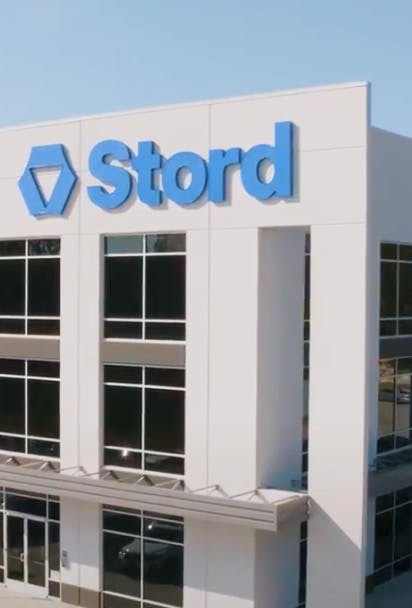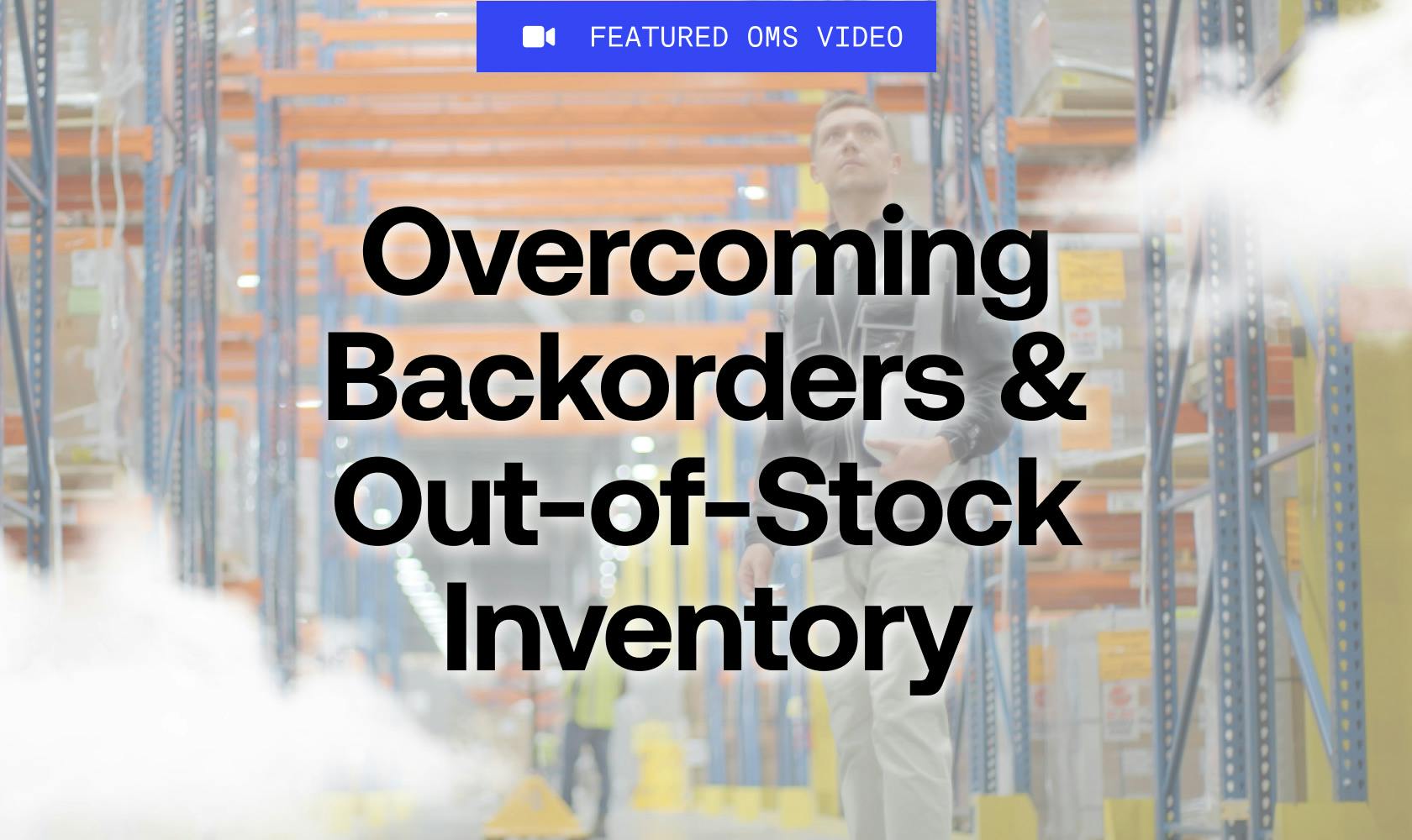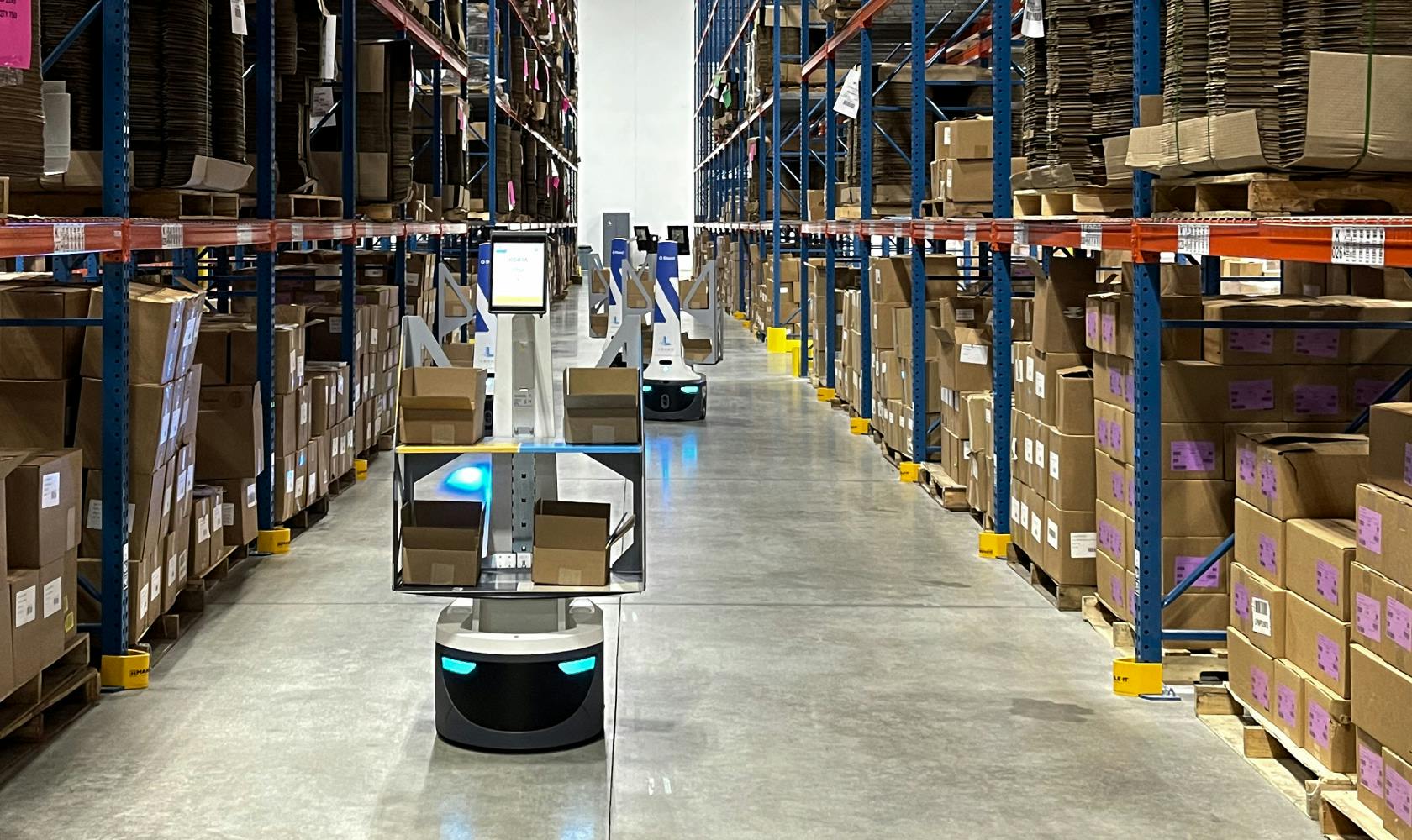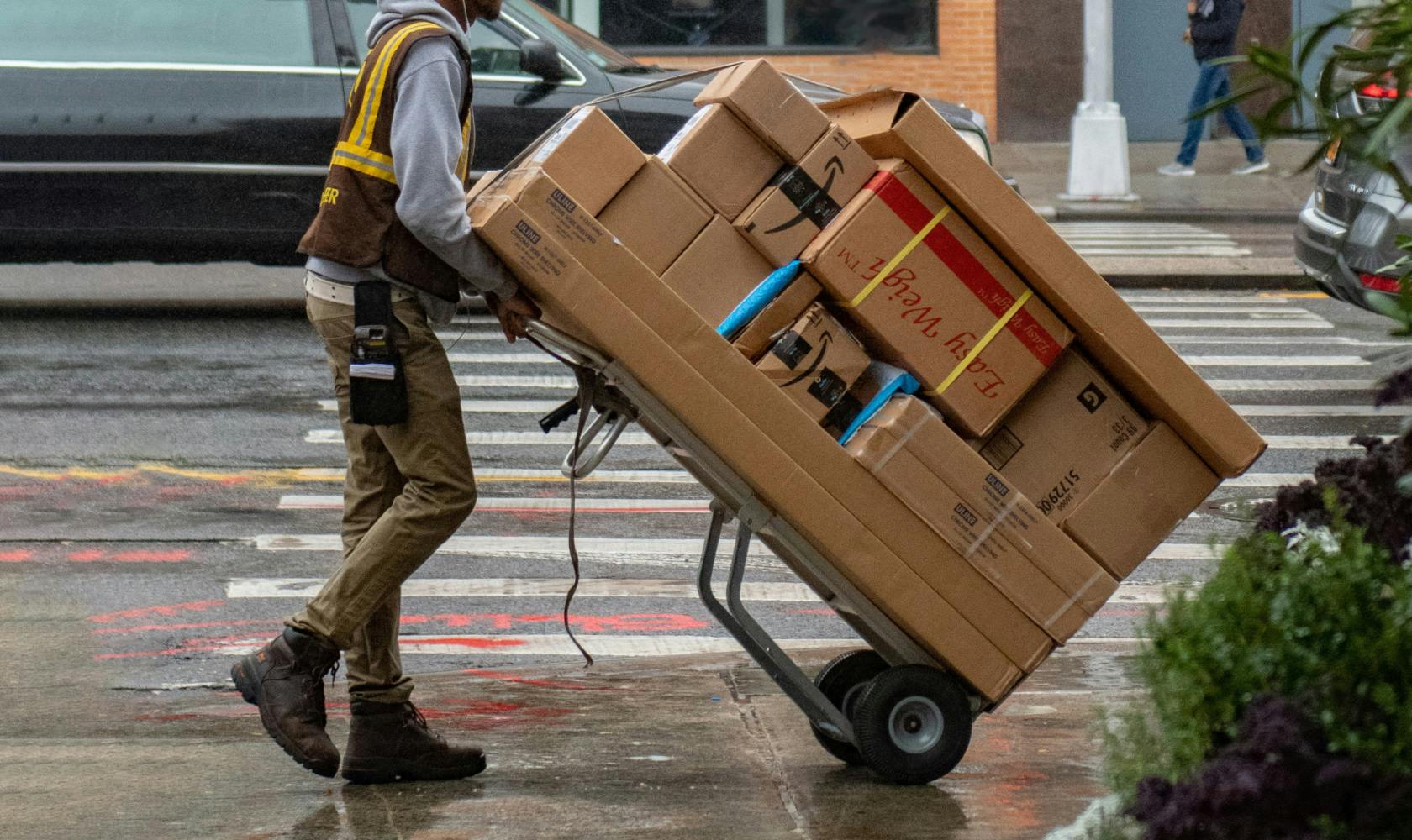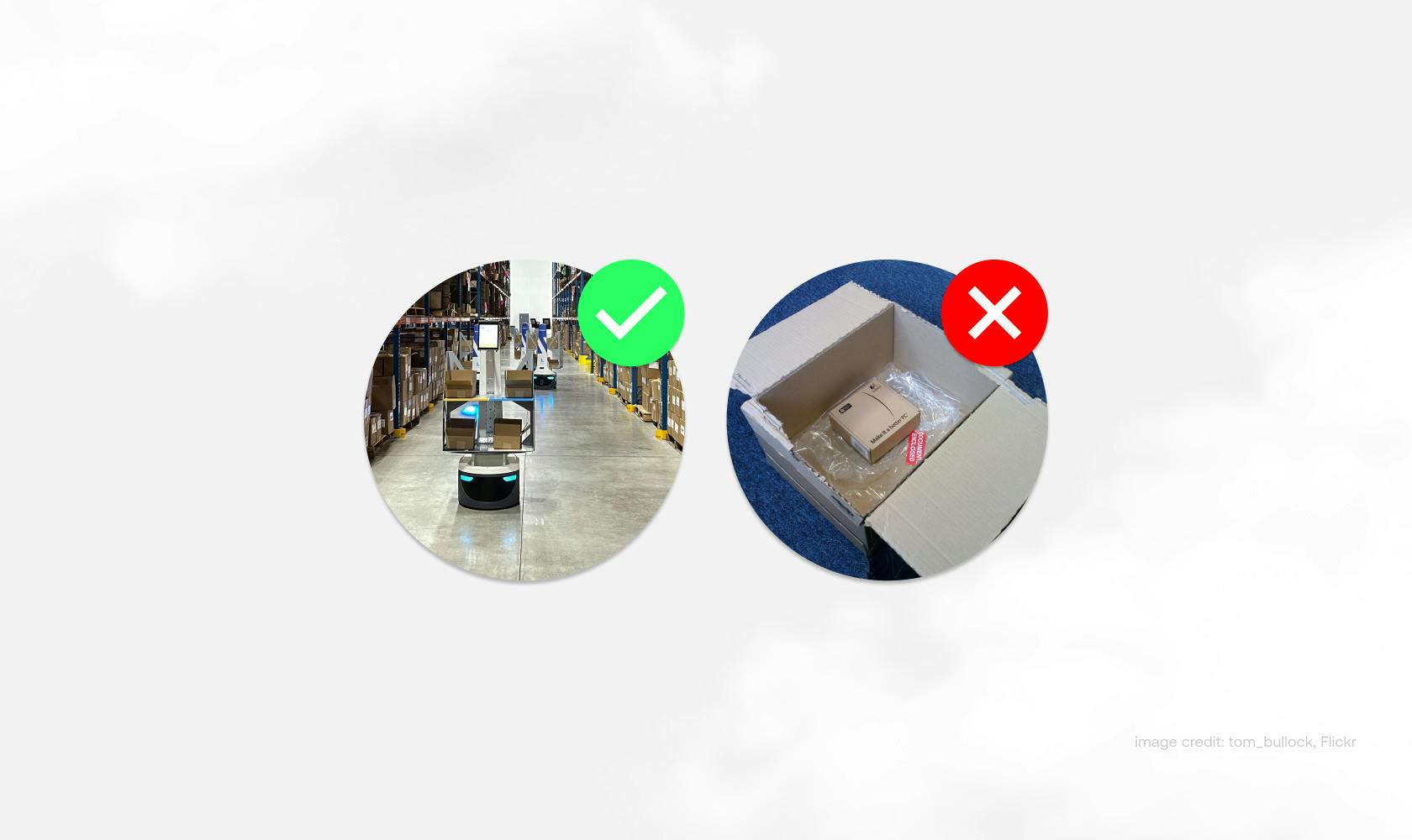If you sell a physical product, chances are pretty good you have experienced the challenge of low stock or out-of-stock inventory, and its impact on customer satisfaction. While this is inevitable, how you manage through it will dictate if you have happy customers or not.
That is where an order management system (OMS) comes in.
An OMS (like Stord One Commerce) is a crucial tool for managing your supply chain - an intelligent piece of software that integrates with all of your existing marketplaces, sales channels, and pools of inventory. It’s a must have for any brand, especially those selling across DTC and B2B channels.
With the right OMS, you have visibility and importantly, can easily set up actionable workflows to handle low stock or out-of-stock inventory appropriately for each individual order.
Stord One Commerce, and similar OMS platforms, can provide your team the ability to not only recognize these issues as they arise but allow you to build automated workflows to immediately address them effortlessly.
For example, let’s say SKU A and SKU B are both available in your network, but not both available at the same facility, due to a demand surge or delayed replenishment.
With a robust OMS, you can set automation rules to handle orders in such scenarios. You can split orders across both facilities, hold all orders for now, or ship available SKUs from a single facility - all based on conditions you control, such as orders for first time customers, certain order value thresholds, particular sales channels or retail partners, and so on. This way, you have total control and flexibility to manage through any inventory shortfall or demand spike. Unfortunately, many brands currently do not leverage a dedicated OMS. Instead, they opt for either a manual process, discrete dashboards within their various marketplaces, or a ‘frankenstein-ed’ ERP.
None of these options can provide the comprehensive visibility, automated rules, or self-service actions necessary to provide an exemplary proactive, customer experience.
If you’re challenged by your inventory issues and are not delivering the brand experience your customers expect, it’s time to upgrade your DTC and B2B fulfillment operations.
We’d be happy to show how numerous omnichannel brands rely on the specific capabilities found within Stord One Commerce to handle both expected and unexpected inventory issues. Click here to speak to one of our OMS experts to see how this tool can be utilized to improve your business.
Transcript
Low stock and out of stock scenarios are unfortunately inevitable in supply chains.
It's important that brands have visibility into what's going on, and make sure that they're able to handle those situations quickly to drive customer satisfaction.
OVERCOMING DIFFICULTIES OF BACKORDERS & OUT-OF-STOCK INVENTORY
In recent years, we've seen a lot of instances where it's unfortunately challenging to replenish your inventory - whether it's issues with shipping or issues with supplies, this can result in brands being in scenarios where they don't have as much inventory on hand as they probably wished. That can result in orders that can't be fulfilled or can't be fulfilled from a single location.
INVENTORY CHALLENGES
Stock can also be a challenge, that we call the influencer effect. A brand goes viral on Instagram or gets mentioned by some influencer on TV resulting in a major spike in orders. That kind of demand can be hard to keep up with - hard to handle customer satisfaction when you start running low on that popular SKU.
NEGATIVE IMPACT
While that's seemingly a pretty nice problem to have, it can create some unhappy customers if you don't have enough inventory or your network is not balanced across your different fulfillment centers.
Unfortunately, a lot of brands we see are just handling these as one-off scenarios. Tons of back and forth email and communication with the warehouse, with the end consumer. It's time consuming. It creates unhappy customers. It's a burden on the team.
Unfortunately, there's not really an alternative solution for them other than to handle each one, one off.
SOLUTION: ORDER MANAGEMENT TECHNOLOGY
Software like Stord One Commerce has powerful automation tools that allow you to configure how you want orders to behave based on dozens of conditions.
So for some orders, you may want to split that order across multiple warehouses and get the order to your customers as soon as possible.
For others, you might want to just hold it at a certain warehouse because you know you have inventory coming in.
You also might want to set up some time-based automations that hold it for a certain amount of time, and if you don't get that inventory, it then takes some action - whether ship the available pieces, split it across your network, whatever it might be to get that order out.
IMPLEMENTING THE SOLUTION: AUTOMATED WORKFLOWS
Flexibility and automation is huge here, so that you can configure behaviors that drive the brand experience you're looking for.
In addition to those automations, there's a range of self-service actions for your team to be able to take to quickly respond to problematic orders or demanding customers.
If you'd like to automate more of your workflows and take burden off of your team, we'd love to talk to you.


